Pterygium Excision: Trimming Away the Wing-Shaped Growth
Treatment Familiarity:
Pterygium excision is a surgical procedure performed by ophthalmologists (eye doctors) to remove a pterygium, a fleshy, wing-shaped growth that extends from the conjunctiva (the white part of the eye) onto the cornea (the clear dome at the front of the eye). Pterygia are often seen in people who spend a lot of time outdoors in sunny environments.
Procedure Breakdown:
There are different techniques for pterygium excision, but here’s a general overview:
- Anesthesia: Local anesthesia with numbing drops or a small injection is typically used. In some cases, general anesthesia might be preferred, especially for children.
- Marking: The surgeon marks the borders of the pterygium on the conjunctiva and cornea.
- Pterygium Removal: The surgeon carefully removes the pterygium tissue using surgical instruments.
- Conjunctival Graft (Optional): In some cases, a small piece of healthy conjunctiva from another part of the eye may be transplanted to cover the bare area left by the pterygium removal. This helps prevent recurrence.
- Suture Closure: The surgical site is meticulously stitched (sutured) closed.
Suitable Candidates:
Pterygium excision is an option for individuals experiencing:
- Symptoms: Discomfort, irritation, dry eyes, or foreign body sensation caused by the pterygium.
- Vision Obstruction: If the pterygium grows large enough to encroach on the cornea and interfere with vision.
- Cosmetic Concerns: For some, the appearance of the pterygium is a significant concern.
Who Might Not Be a Candidate?
Pterygium excision may not be suitable for everyone. It’s generally not recommended for:
- Individuals with active eye infections: Infection increases surgical risk.
- People with severe dry eye: Severe dry eye can worsen after surgery and complicate healing.
- Patients with uncontrolled medical conditions: Severe health problems that could increase surgical risk may make someone a poor candidate.
- Those with small, asymptomatic pterygia: If the pterygium is small and not causing problems, watchful waiting may be preferred over surgery.
Advantages of Pterygium Excision:
- Symptom Relief: Removal of the pterygium can alleviate discomfort, irritation, and foreign body sensation.
- Improved Vision: If the pterygium was obstructing vision, surgery can restore clear vision.
- Enhanced Appearance: Removing the pterygium can improve the cosmetic appearance of the eye.
- Reduced Recurrence Risk: Using a conjunctival graft can help reduce the chance of the pterygium growing back.
Potential Complications:
- Infection: Although uncommon, infection is a potential complication requiring prompt antibiotic treatment.
- Bleeding: Minor bleeding can occur during or after surgery.
- Recurrent Pterygium: There is a chance the pterygium could grow back, especially if a conjunctival graft is not used.
- Vision Changes: Temporary blurred vision or fluctuations in vision are common after surgery.
- Astigmatism: The shape of the cornea may be slightly altered by surgery, leading to some degree of astigmatism.
Preoperative Care:
- Comprehensive eye exam to assess the pterygium, overall eye health, and tear production.
- Discussion of risks and benefits of pterygium excision with your ophthalmologist.
- Medical evaluation to ensure you can undergo surgery safely.
- Stopping certain medications that could increase bleeding risk.
Postoperative Care:
- Eye drops or ointment to prevent infection and inflammation.
- Wearing an eye patch or shield for a short period to protect the surgical site.
- Avoiding strenuous activity for a short period of time.
- Regular follow-up appointments with your ophthalmologist to monitor healing, vision improvement, and address any concerns.
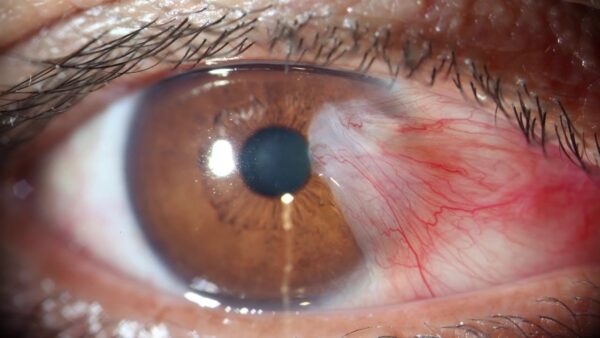

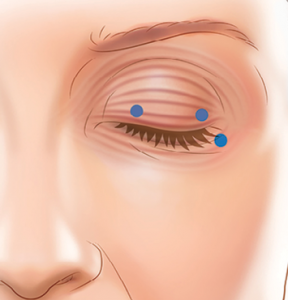

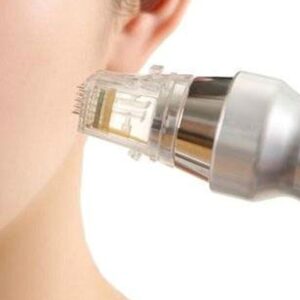
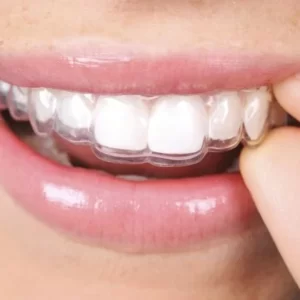
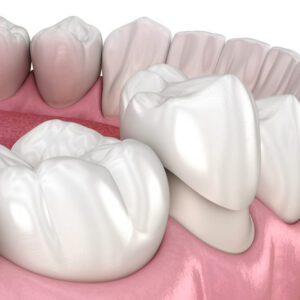
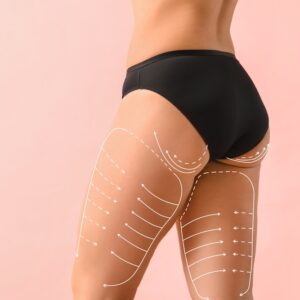
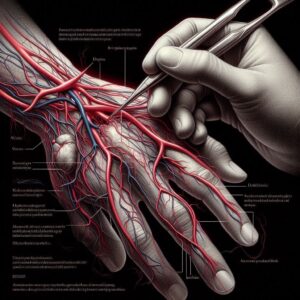
Reviews
There are no reviews yet.